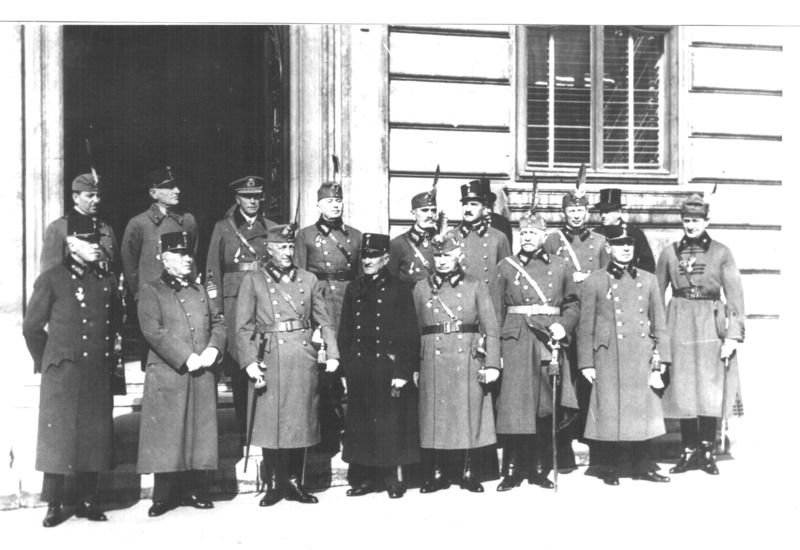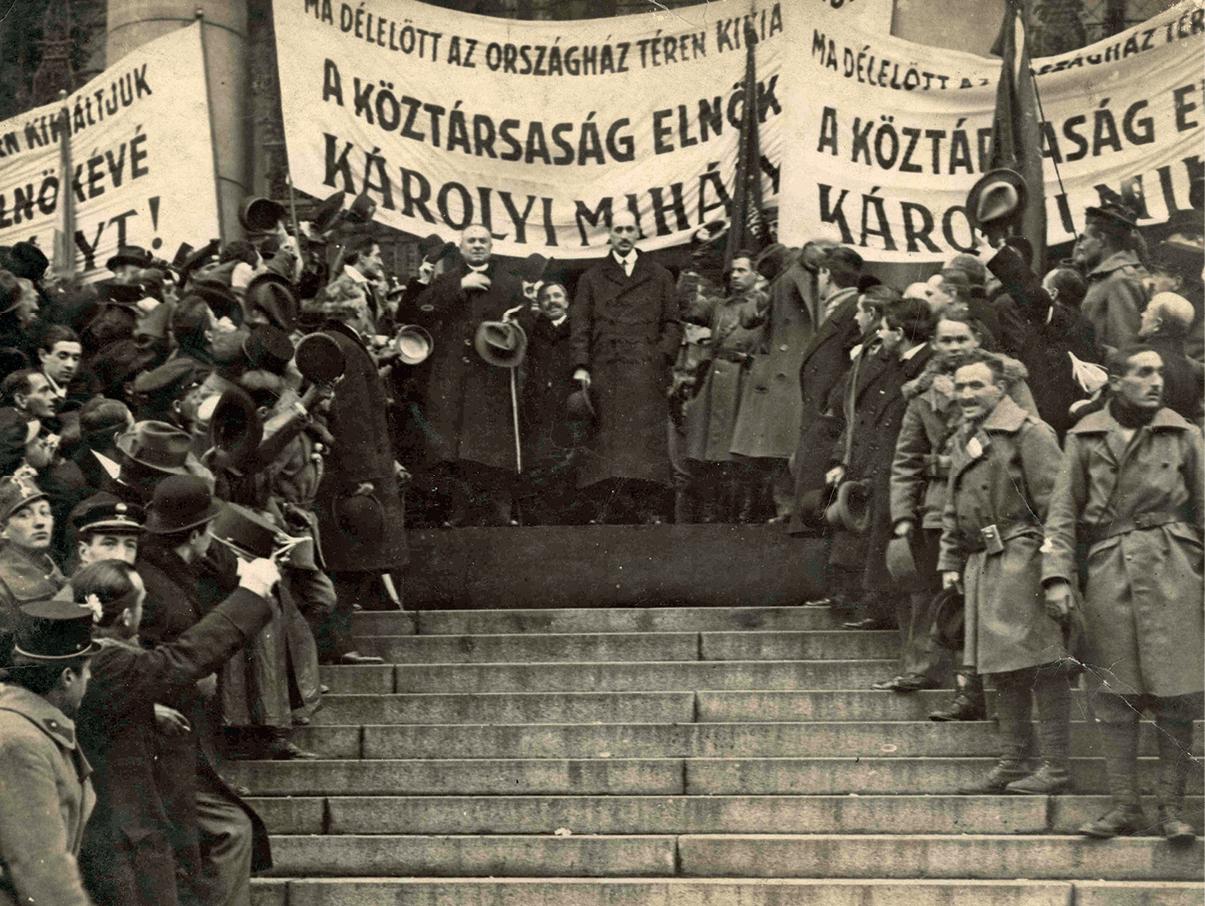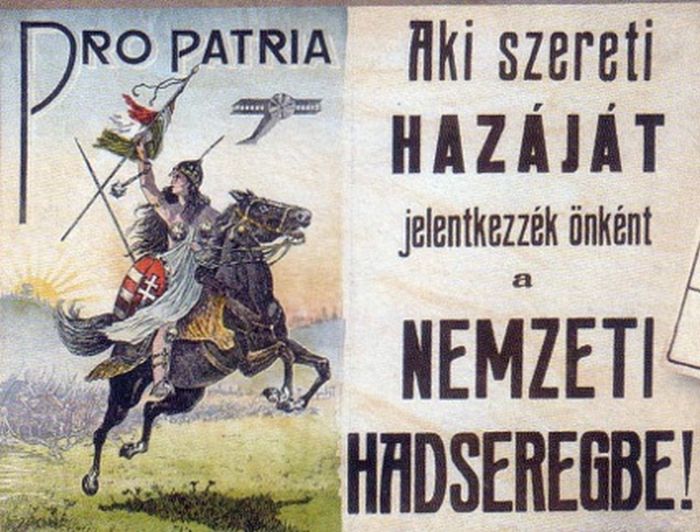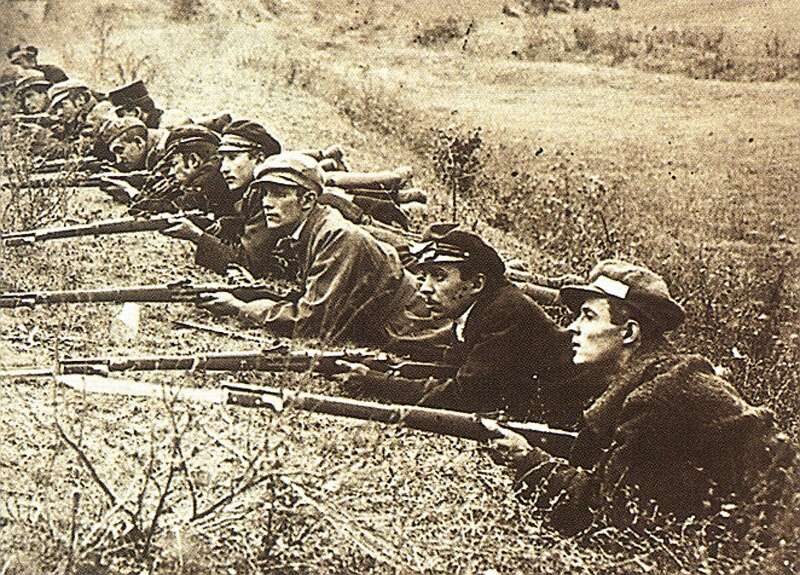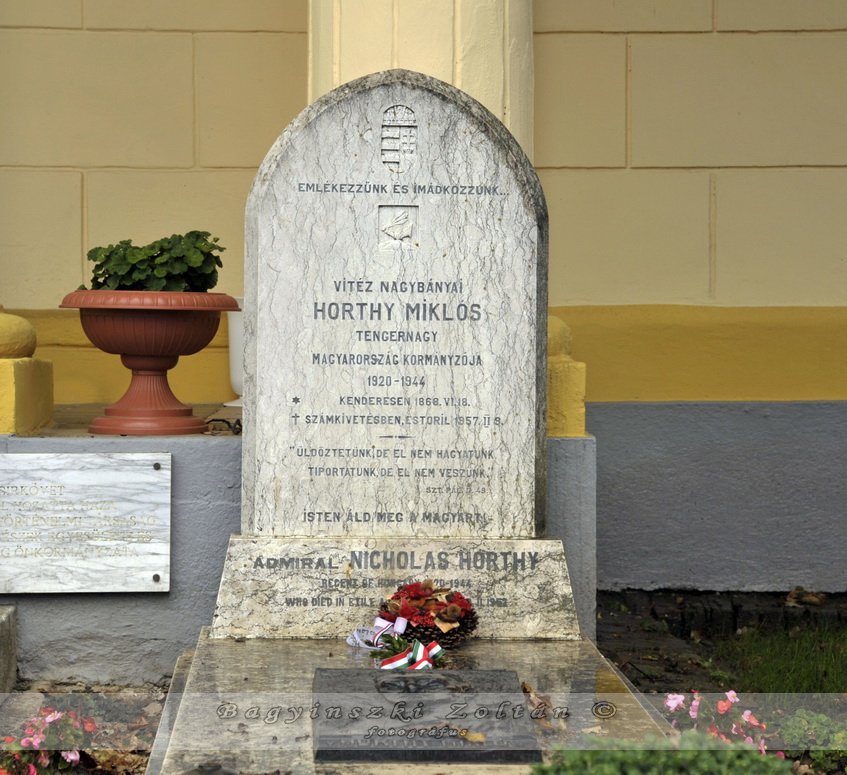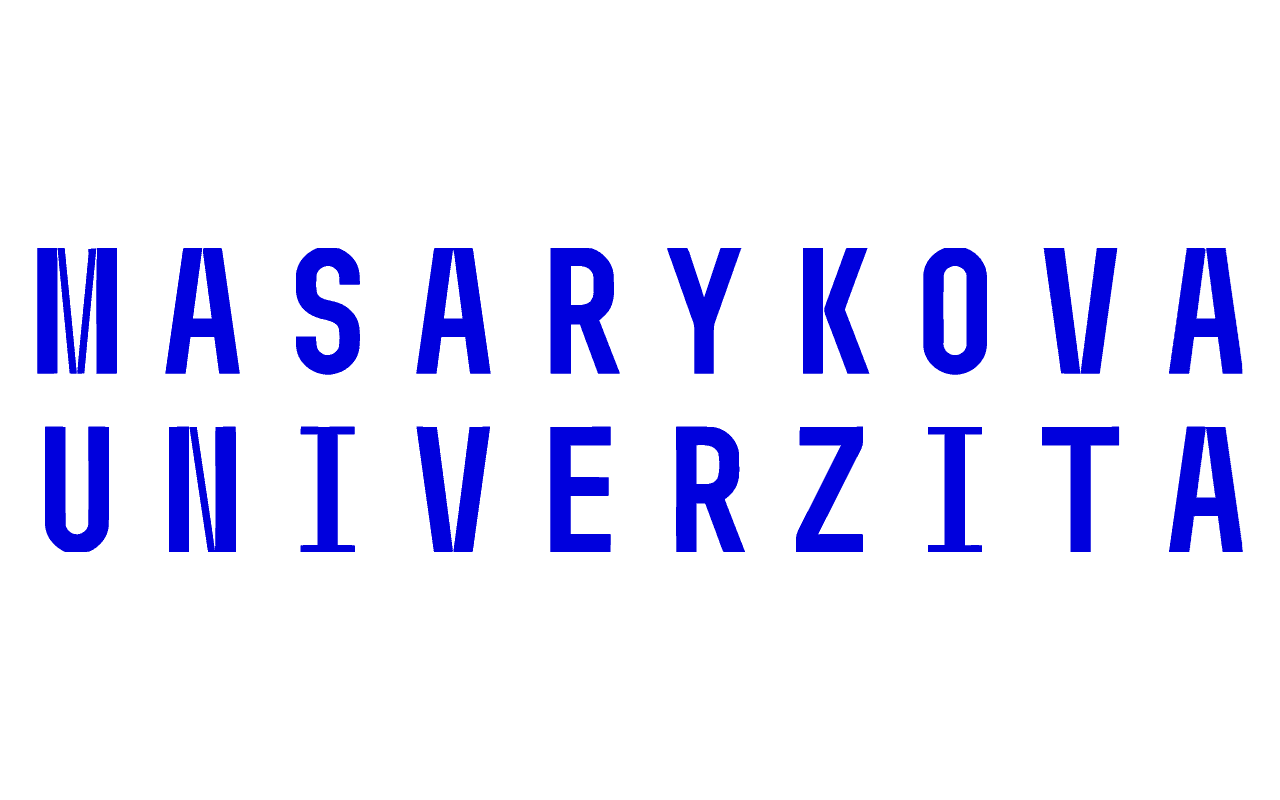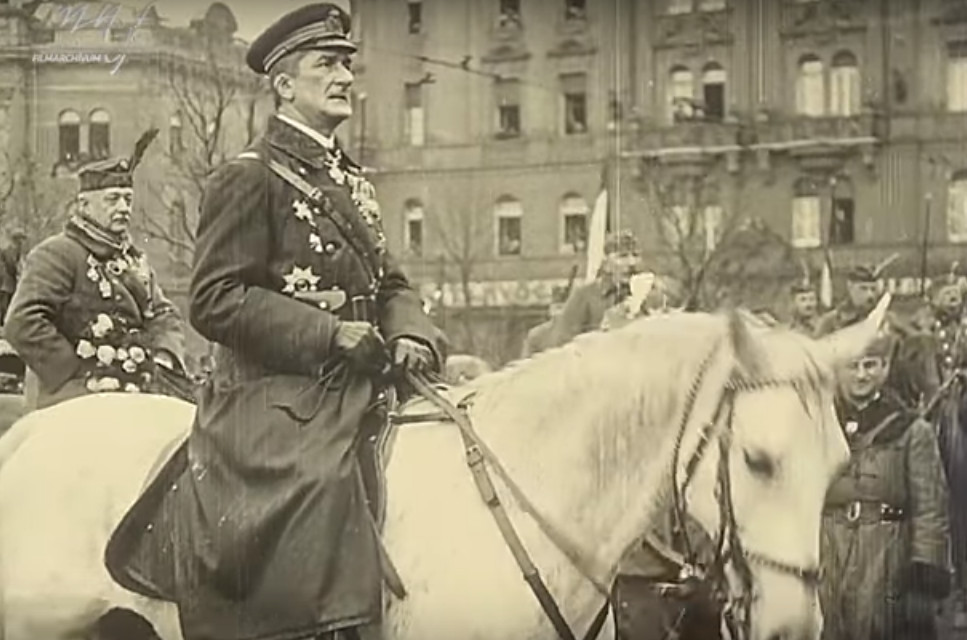
Arrival of Horthy – Budapest – Buda Castle
Hungarian figure of the „Creation of the modern states (1918-1920)” topic
The arrival of Miklós Horthy in Budapest on November 16, 1919, marked a significant turning point in Hungarian history. It symbolized the end of the Hungarian Soviet Republic and the beginning of a new era dominated by Horthy’s regency. Horthy’s rise to power was not an isolated event but the culmination of a series of complex political and military developments that reshaped Hungary in the aftermath of World War I.
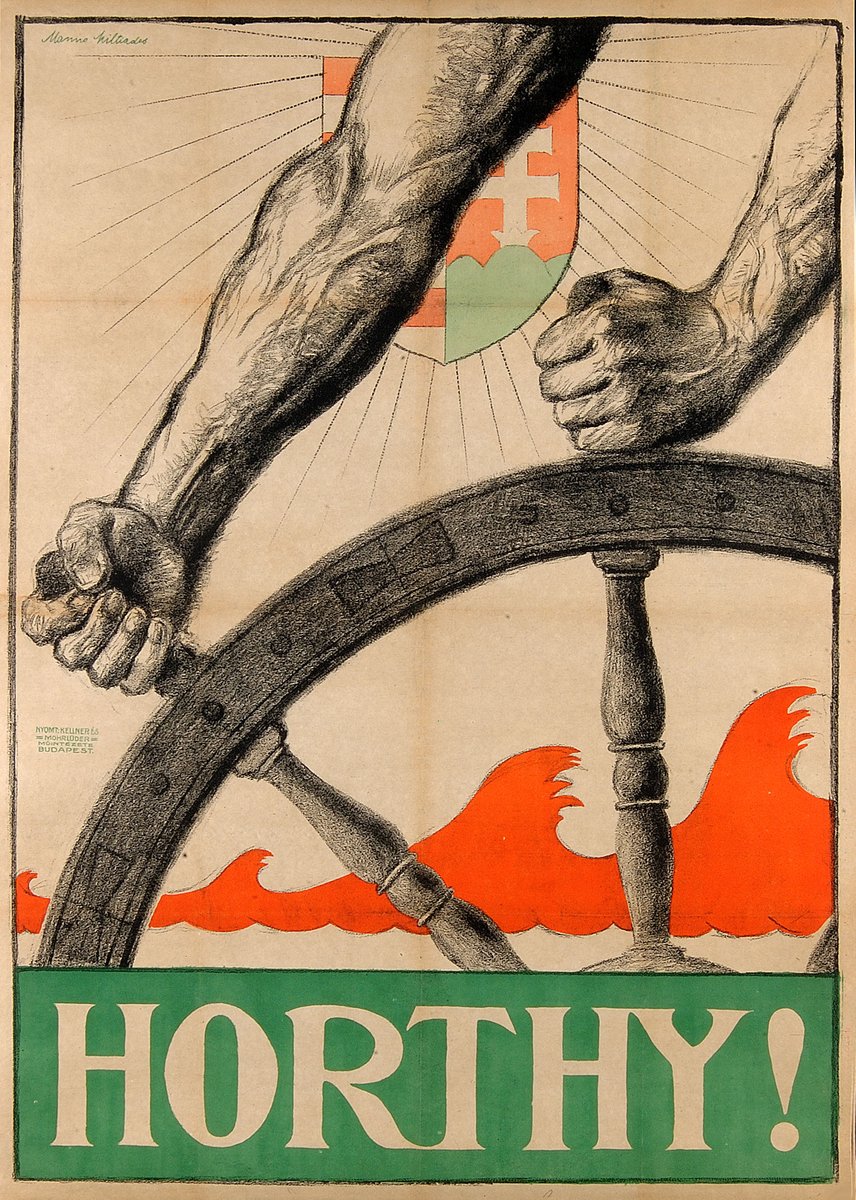
Horthy’s journey to power began in Szeged, where he became the leader of the National Army in June 1919. Szeged had become a center of counter-revolutionary activity against the Hungarian Soviet Republic, which had been established following the collapse of the Aster Revolution and the short-lived Hungarian Democratic Republic. As the leader of the counter-revolutionary forces, Horthy played a pivotal role in organizing and leading the military opposition to the communist regime. The Anti-Bolshevik Committee, composed of exiled Hungarian aristocrats and military leaders, aimed to overthrow the communist regime in Hungary and restore a conservative, nationalist government. Horthy’s association with this group further cemented his position as a key figure in the struggle against the Hungarian Soviet Republic.
Meanwhile, in Budapest, the political chaos following the Aster Revolution of 1918 and the subsequent establishment of the Hungarian Soviet Republic in 1919 created a power vacuum Horthy was poised to fill. His leadership of the National Army, headquartered in Siófok, was instrumental in dismantling the Soviet regime and establishing order in the chaotic post-war environment.
Horthy’s entry into Budapest – Filmhíradók Online (Hungarian World Newsreels by Hungarian Film Archive)
Upon his arrival in Budapest, Horthy delivered a significant speech at the Gellért Hotel, emphasizing his commitment to restoring order and rejecting the communist and revolutionary ideologies that had dominated Hungary in the previous years. This moment marked the official beginning of Horthy’s regency, a period that would last until the end of World War II.
His regency represented both the restoration of conservative order and the suppression of revolutionary movements, setting the stage for the events that would unfold in Hungary leading up to and during World War II. His legacy continues to be debated in Hungary and across Central Europe, reflecting the enduring impact of his leadership on the region’s history.
After the Romanian troops withdrew from Budapest, the imprisonment of political enemies of the new regime started. On January 19,20, the parliamentary elections were held, forty percent of the society was eligible to vote, including women. In March, he parliament formed the state government as a monarchy, ruled by a regent in the person of Horthy. The public policy power was secured by the right-wing national party. In July, the first Jewish law came into force.
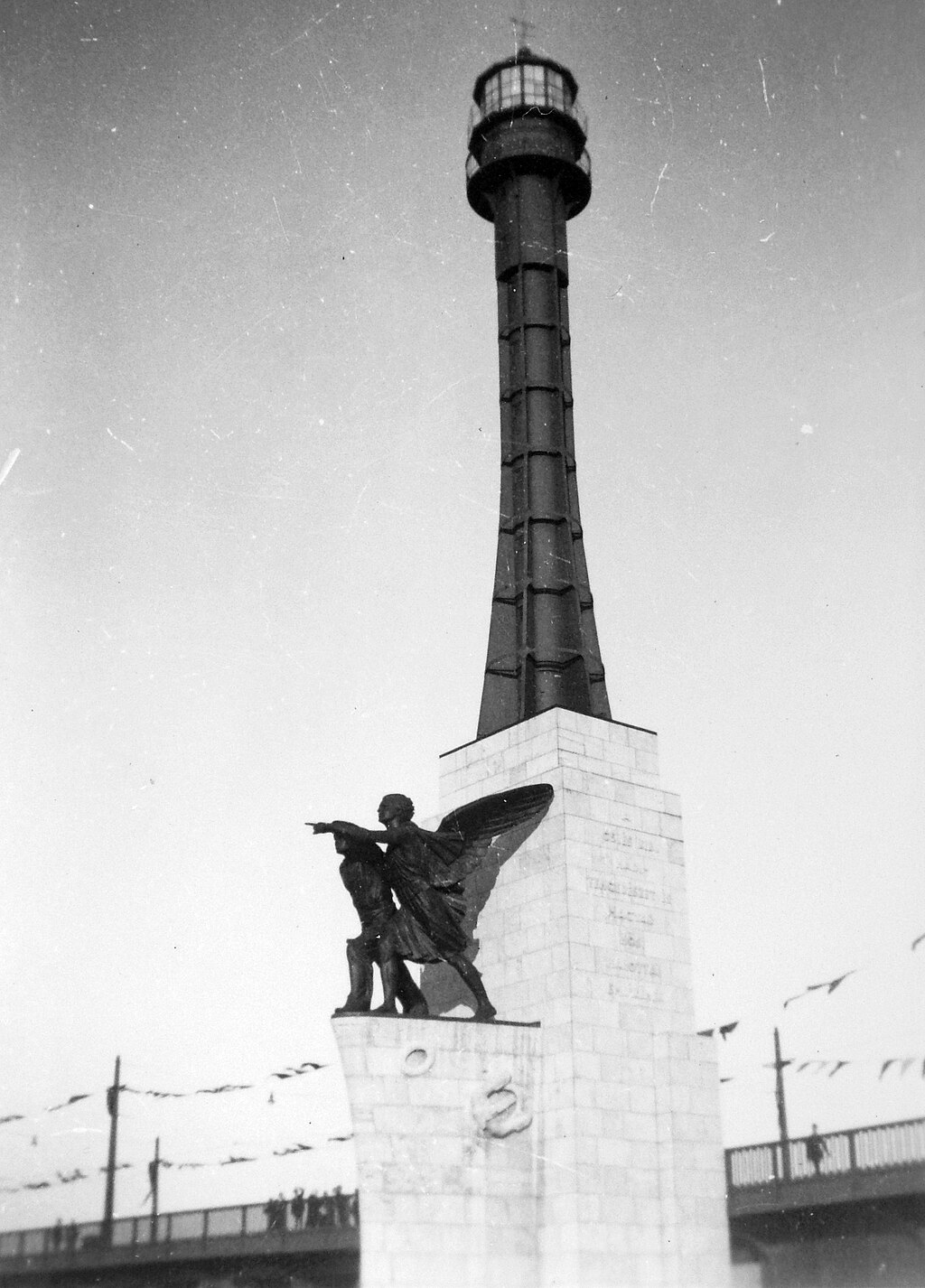
Facts


